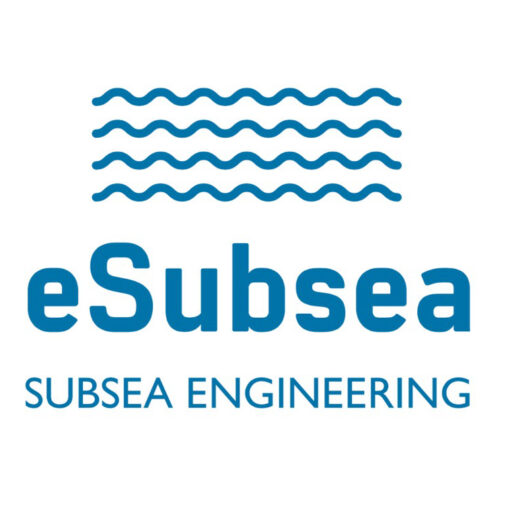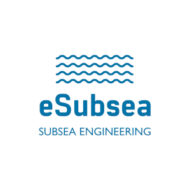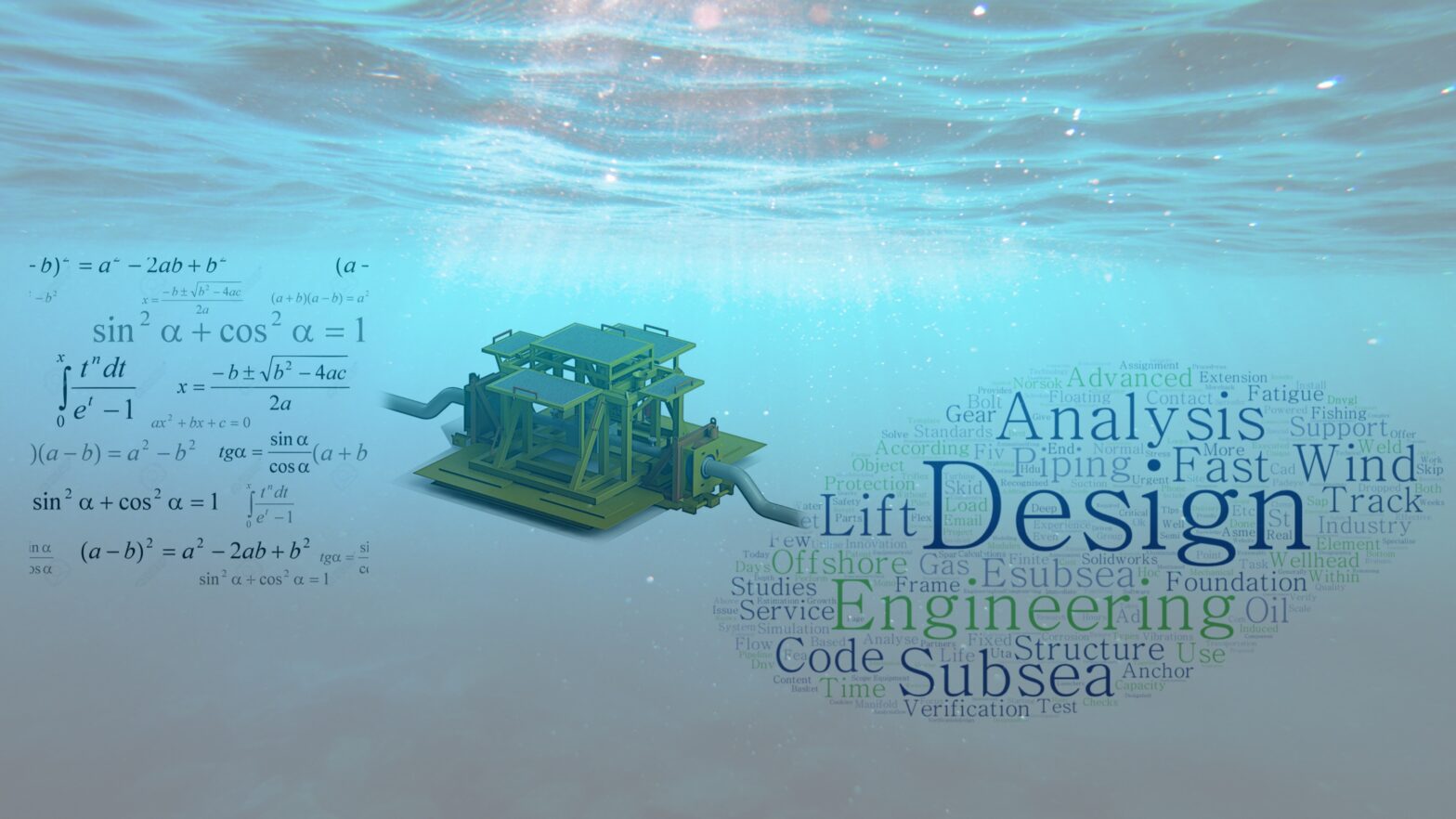eSubsea perform structural analysis, structural engineering and design of most subsea structures, frames, skids and modules. The structural design will be according to the principles of limit state design similar as for civil engineering and subsea mechanical engineering. The structures are modelled by a structural engineer in our structural analysis software for analysis and design, SAP2000 by CSI America.
Structural Analysis Software
The SAP2000 software offer advanced analytical techniques allow for step-by-step large deformation analysis, Eigen and Ritz analyses based on stiffness of nonlinear cases, material nonlinear analysis, multi-layered nonlinear shell element, buckling analysis and progressive collapse analysis. Nonlinear analyses can be static and/or time history, and the results can be code check against most international steel or aluminium design codes.
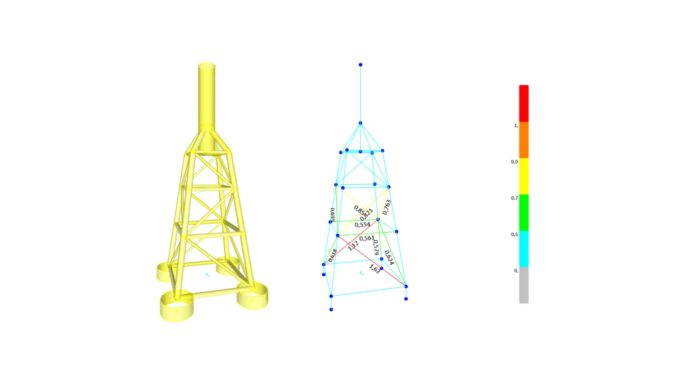
The most commonly code check standards used for subsea structural engineering and offshore application are:
- API-RP 2A LRFD 1997
- EUROCODE 3-2005
- NORSOK N-004 2013
- AA-LRFD 2000
SAP2000 will normally be used for global analysis of welded structures or frames made of plates and sections. When the beam or section is short compared to its height, local effect will dominate and it will also be analysed using Finite Element Analyse to most accurately establish the stress strain and deformations.
Loads and Load Combinations
Based on the design load estimation, the calculations will cover all relevant sea load and live loads load cases and load combinations from fabrication to decommissioning. The following load cases and combinations are normally analysed during the structural design of the offshore and subsea structures:
- Fabrication and testing
- Transportation
- Load out
- Transit (normally 20 years storm)
- Installation
- Lifting in air
- Lifting through splash-zone
- Landing on deck/seabed
- Seabed penetration
- Suction/Levelling operations
- Offshore wind mooring
- Drilling operations
- In-place operation
- Pressure and temperature
- Dropped Object and Fishing Gear
- Earthquake
- Decommissioning and removal
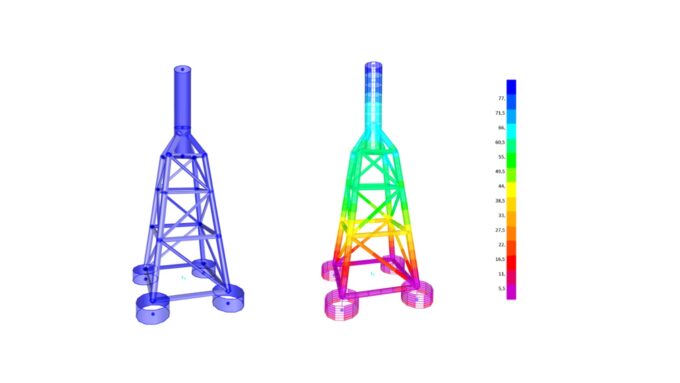
The offshore lifting load case can be determined by using a very conservative hydrodynamic applied force approach (DAF=2) or eSubsea can save cost by calculating the actual hydrodynamic forces using the “Simplified method for prediction of hydrodynamic forces” recommendations in DNVGL-ST-N001.
eSubsea also do third party services as design and verification of structural analysis done by others.
